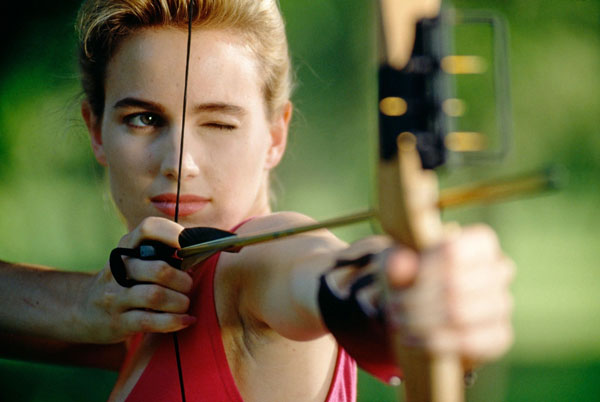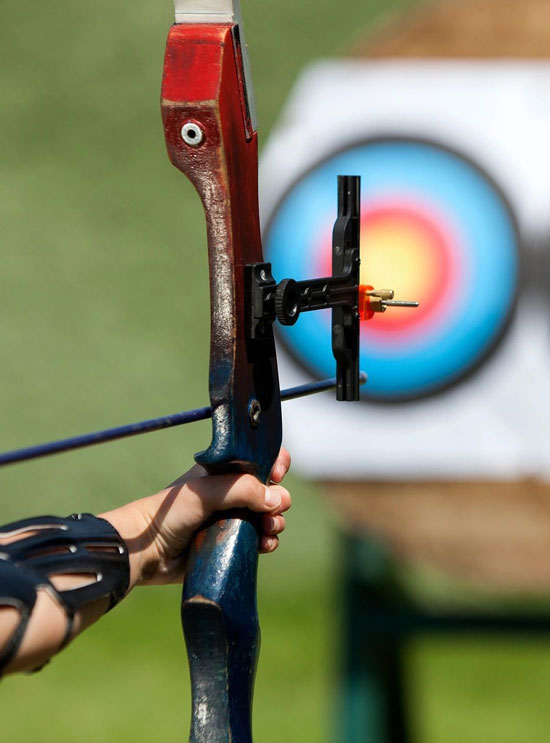Comparing the Pros and Cons Vertical vs. Horizontal

Power Stroke:
Power stroke is the distance the bowstring travels from full draw to the rest position. A compound bow with a 30-inch draw length and a 7-inch brace height (the distance from grip to the string at rest) has a 23 in power stroke (30-7=23).
The longer the power stroke the faster the arrow will fly at the same poundage. A person with a 30-inch draw will shoot faster than a person with 28-inch draw because of the 2 inch longer power stroke. Like the compound bow, the longer the power stroke the faster the crossbow.
Unlike the compound bow which only needs a module change to make the draw length longer, the crossbow has to be made longer increasing the overall length, making the bow heavier.

VIBRATION=NOISE:
While crossbows are getting faster, there are several problems created because of the higher poundage. The extra energy creates more vibration which adds unwanted noise, and more noise is the last thing that a hunter needs.

SIZE:
Compound bows are longer axle-axle than crossbows, but are not as cumbersome to carry through the woods. Most crossbows are around 24 inches axle-axle but are 34 inches or more in length making them heavier and harder to deal with in hunting situations.

ACCURACY:
The compound bow is more accurate due to the fact of a consistent anchor point. String loops have become a must for extreme accuracy. The arrow sits between the string loop knots and the release is held on the string loop in the same place every time making it very accurate.
The crossbow has to be drawn and locked into a latch where the consistent string position can be compromised, allowing for the arrow to hit the left or to the right of the target. This is why Competitive Compound Bow Shooters score higher than Cross Bow Shooters in the same tournament.
Considering all of these issues, backed by published articles from industry experts, it is not hard to see that the only real advantage that the crossbow has is being able to draw and lock it at full draw until ready to be shot. When at full draw, the crossbow shooter is STILL confronted with the challenge of letting down or disarming it. It is recommended that it be shot to be disarmed.